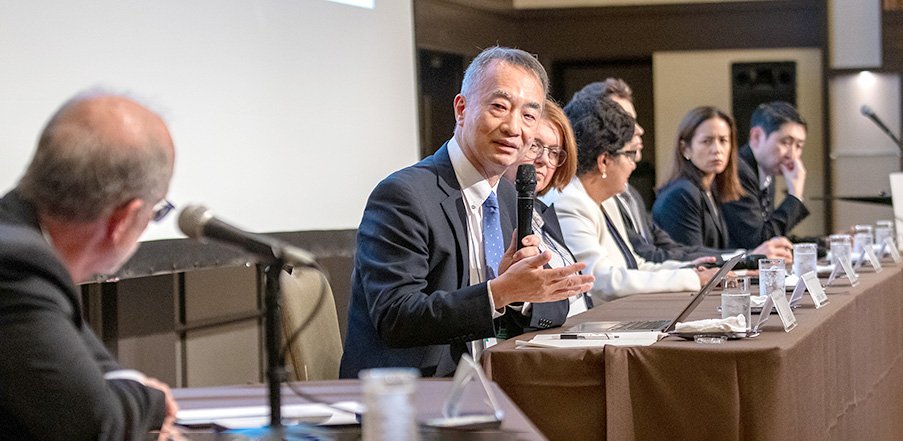Tohoku University and the government-led Strategic Innovation Programme (SIP) hosted an international symposium in late October, to explore the role that synchrotron radiation-based research and development can play in a circular economy to address climate change.
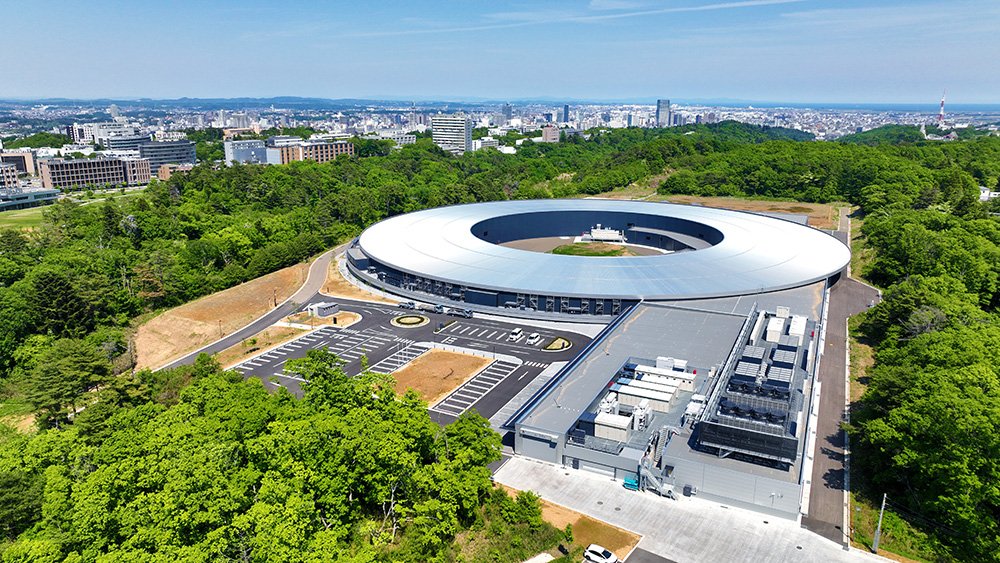
The symposium comes just ahead of next year's scheduled launch of NanoTerasu, Japan's most powerful next-generation 3GeV synchrotron radiation facility, situated at the new extension of Tohoku University's Aobayama Campus.
Across two full days of discussions and lectures, the symposium showcased the work being done in various parts of the world to realize a circular economy, which promotes the use of sustainable resources through waste recycling. It is a significant departure from the traditional linear economy characterized by mass production, consumption and disposal.
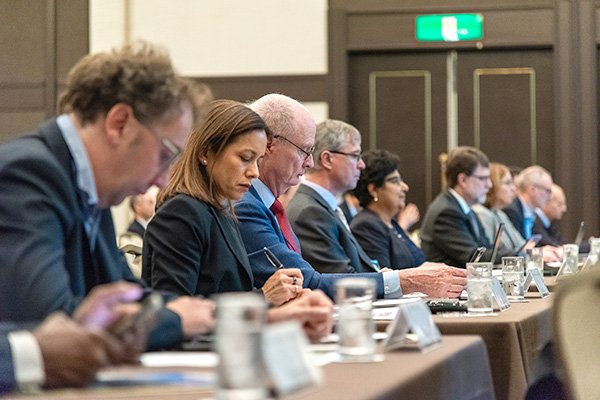
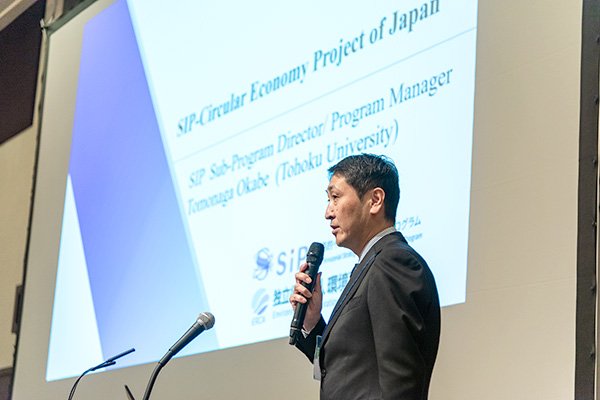
More than 300 participants heard presentations from circular economy experts and directors of synchrotron radiation facilities around the world. "There are so many problems, but so many opportunities too," said Ru-Jong Jeng from the Advanced Research Center for Green Materials Science and Technology in Taiwan, summing up one of the symposium's main takeaway messages.
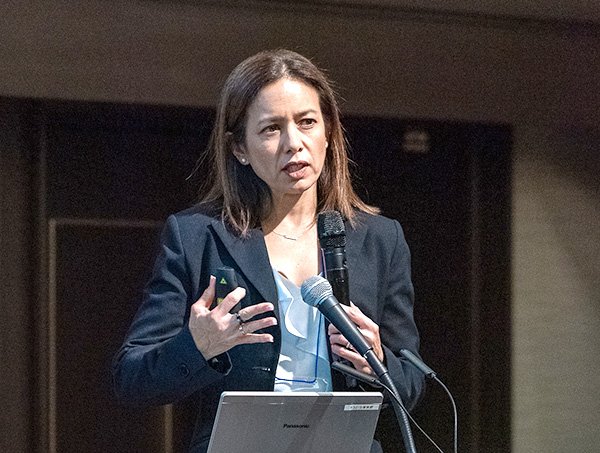
Letiscia Xavier, whose business in Australia, Vital Chemical, produces biochar used for revegetation, amelioration and water treatment, said "in some states, waste is just waste, but in some states, waste is a new resource."
At the close of the first day, Daisuke Kawakami, the Deputy Director-General for Science at the Cabinet Office, spoke of the Japanese government's expectations for NanoTerasu. The facility, he said, can be used to obtain scientific data for research and development, that will in turn be used to improve the quality and safety of recycled materials. "NanoTerasu will be a very important hub for promoting industry-academia-government collaboration."
The second day was anchored by a lively panel discussion chaired by Jerome Hastings of SLAC National Laboratory. He floated the question, "How can we, on the X-ray side, help? How do we bridge the gap between the capabilities at the facilities and the scientific questions being asked?"
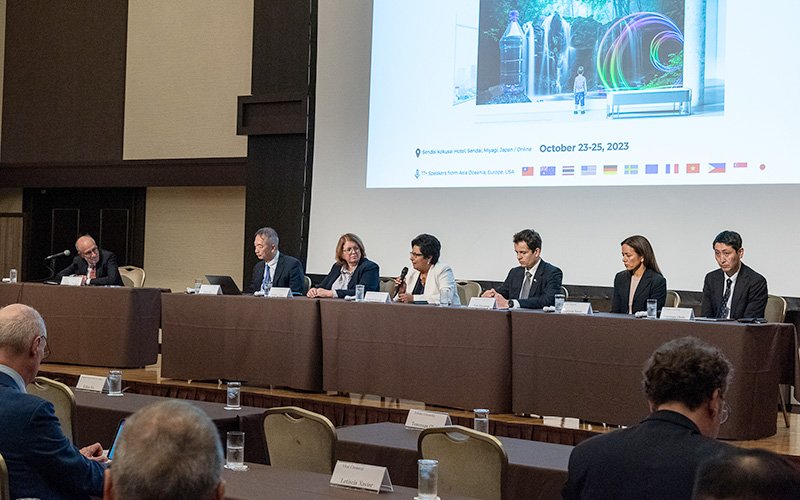
While the upcycling of plastics was a common theme at almost all sessions throughout the symposium, some of the other questions asked included ways to recycle concrete and other materials in the construction industry, as well as batteries, particularly with the increasing electrification of transportation worldwide.
"It is important to explain to large industries and SMEs about the capabilities of technical laboratories, what kind of applications there could be, because the industries very often do not know what is available," said Tom Kuczynski from the EU Delegation to Japan.
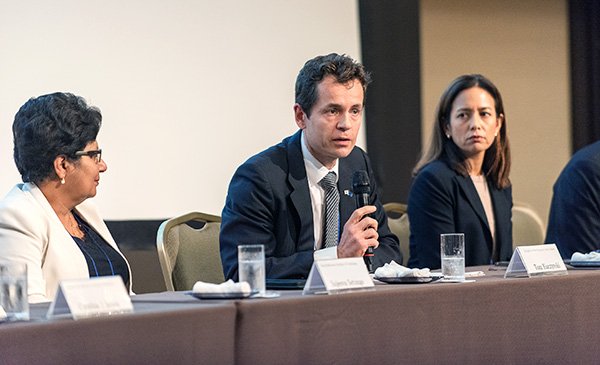
"In the EU, we have a research and innovation programme, Horizon Europe, that has five missions which are directly related to greening and digitalizing our economies - social challenges, clean oceans, clean soil, carbon neutral cities, adaptation to climate change," he said. "And in all these missions, there's a space for the application of synchrotron radiation."
The panelists also expressed the need for more platforms, such as an annual symposium like this one, to share ideas and facilitate collaborations. "Every country has different challenges, so if we can see what others are doing, it helps." said Cynthia Jenks of the Oak Ridge National Lab in the US.
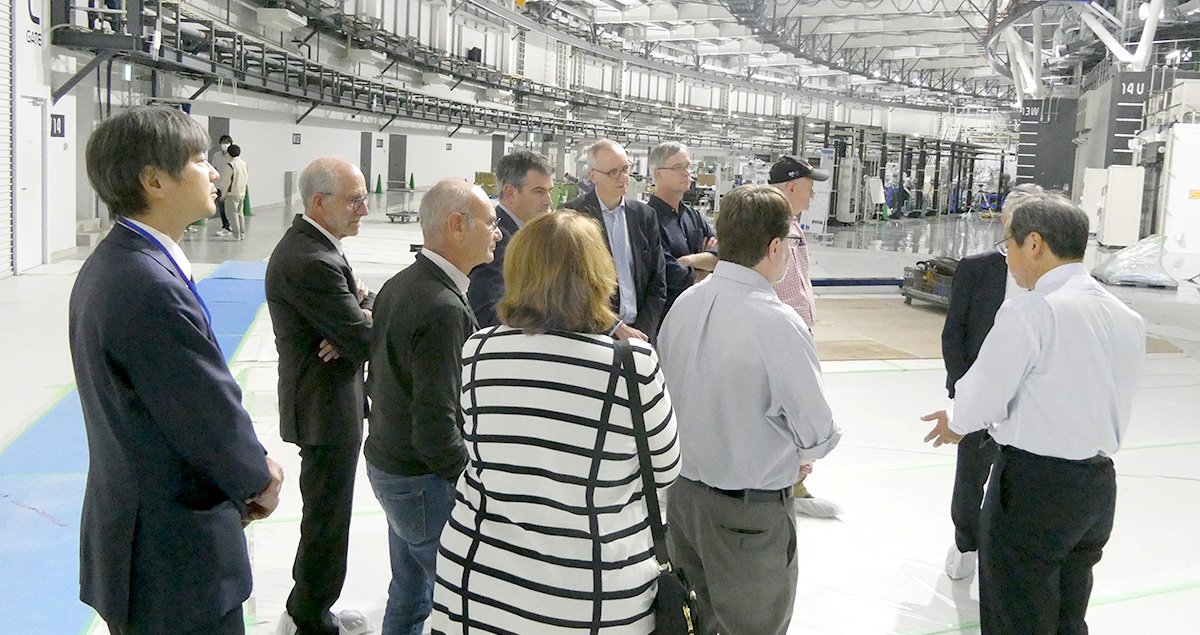
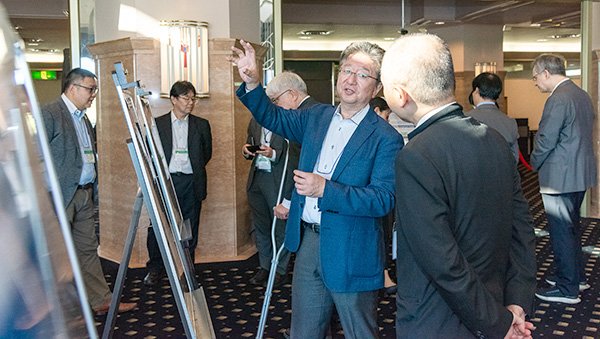
On the sidelines of the symposium, a poster session was held, featuring the projects of 13 companies involved in the SIP, along with the Environmental Restoration and Conservation Agency, Tohoku University and NanoTerasu. Participants also had the option to go on a tour of NanoTerasu.
Following the conclusion of the symposium, representatives from the world's major synchrotron radiation facilities, Tohoku University and various stakeholders had one final meeting behind closed doors.
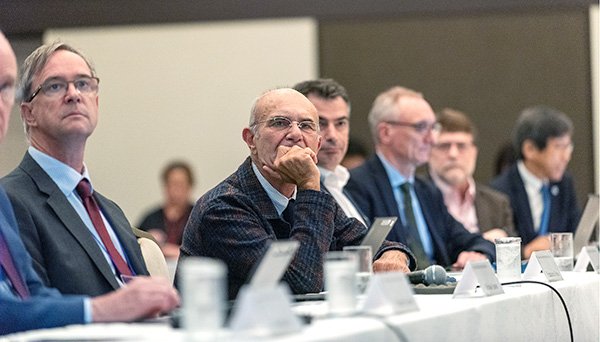
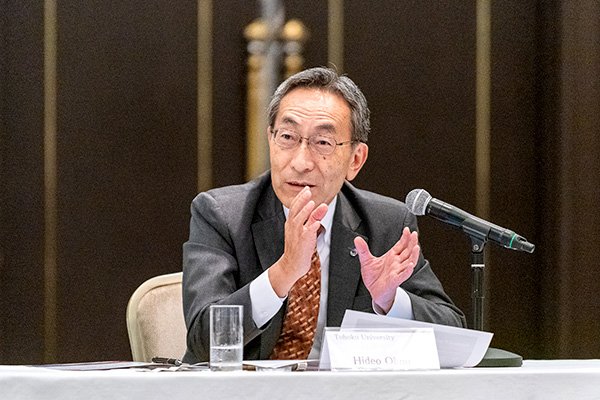
At the 5th Aoba Summit, members shared recent updates about their facilities and equipment.
They also issued a draft communique, in which they agreed to establish of a series of symposia to address the role of accelerator-based x-ray sources in the circular economy and climate change. These will be "a forum to exchange ideas and establish research clusters and networks to address global issues through collaboration among universities, industries and facilities."
Contact:
Next Generation Synchrotron Radiation Facility Utilization Support Office
Research Promotion Division
Tel: +81-22-217-5670
Email: next3gev grp.tohoku.ac.jp
grp.tohoku.ac.jp

